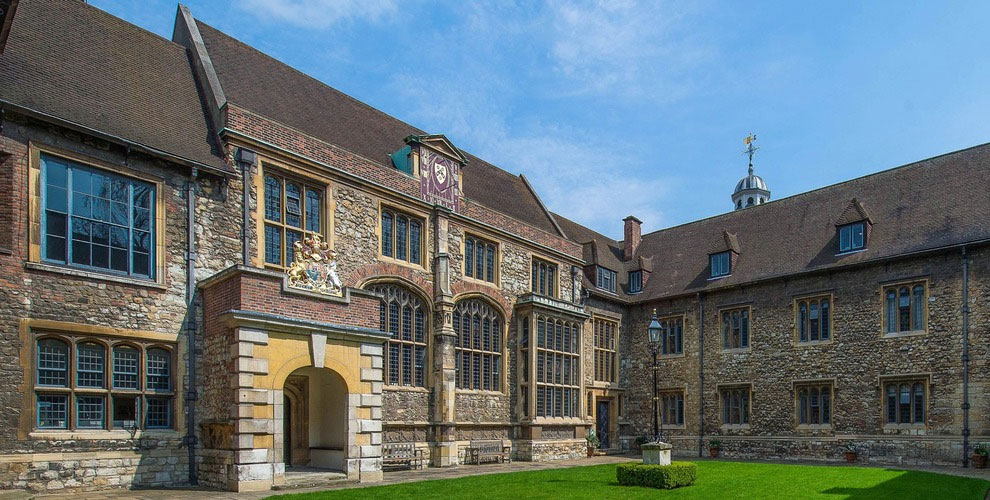
15th – 16th Century
Architecture in London
15th century
The Guildhall, 1411-1440
MAP | CENTRAL LONDON, CITY OF LONDON
Architects: George Dance the Younger, Giles Gilbert Scott, Horace Jones
London’s Guildhall is located in the heart of the City of London and is home to the City of London’s marvelous art collection with a Roman Amphitheater in the lower level.
Steeped in tradition, the Guildhall invites you on a journey spanning more than 800 years – from the Gothic grandeur of the Great Hall to the largest surviving medieval crypts in London.
Open Daily, 10:30am–4pm
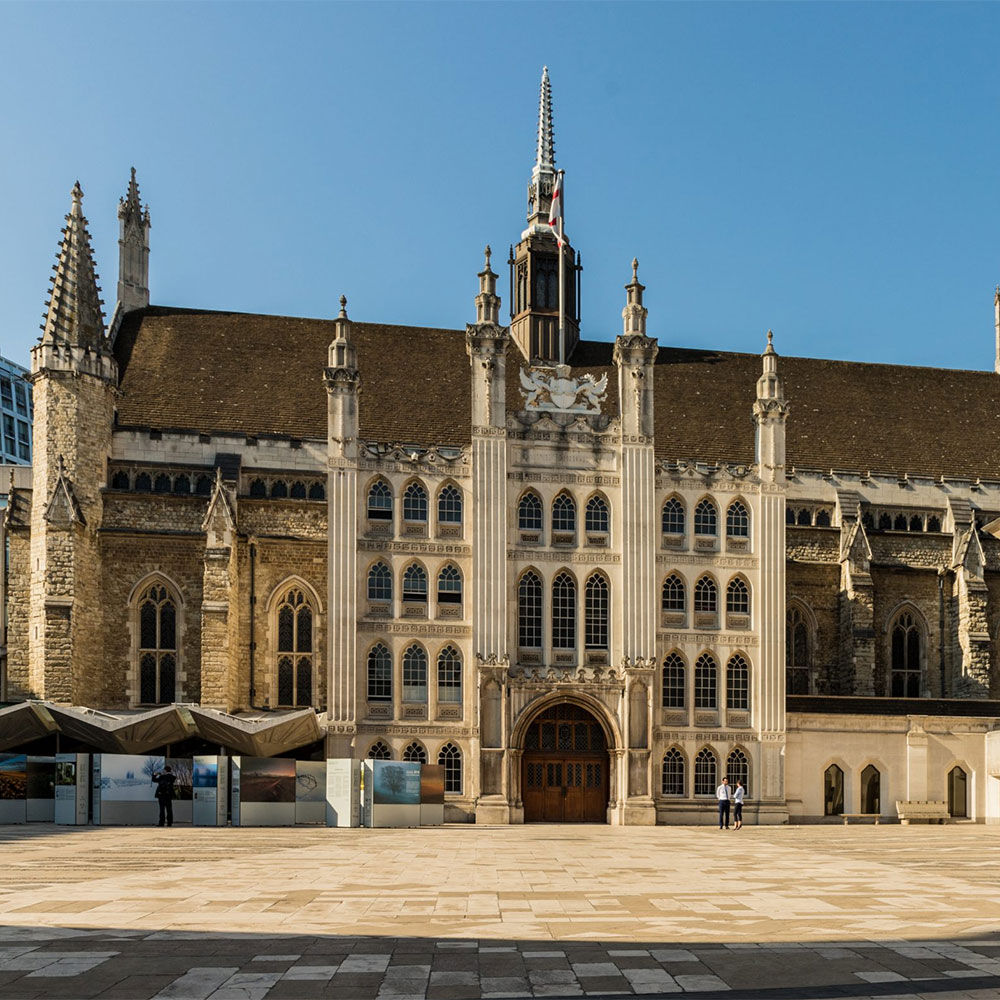
St Olave Hart Street, 1450
MAP | CENTRAL LONDON, CITY OF LONDON
St Olave Hart Street is one of the few medieval churches in the City to have survived the Great Fire. It was protected by the Royal Navy who had their base nearby on Seething Lane. There has been a church on the site since at least the 11th century with the current structure dating from 1450.
It has a simple country church feel inside and you can see memorials to both Samuel Pepys, the famous 17th century diarist, and his wife Elizabeth, both buried here. Over the entranceway to the churchyard you will see three ominous skulls added in 1658. LEARN MORE
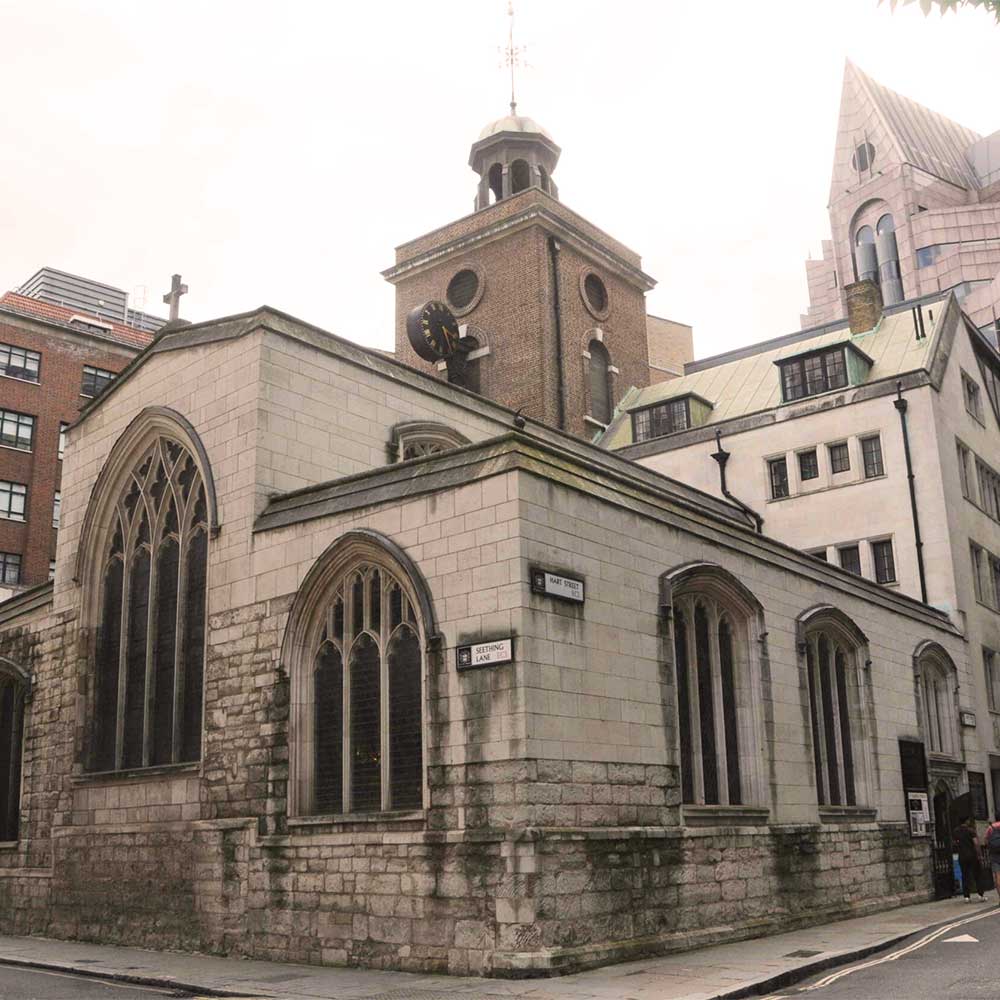
Knole House, 1456-17thc
MAP | SEVENOAKS, WEST KENT
Knole is one of England’s largest country houses situated within Knole Park, a 1,000-acre park located in Kent. The current house dates back to the mid-15th century, with major additions in the 16th and, particularly, the early 17th centuries. Its Grade I listing reflects its mix of late-medieval to Stuart structures and particularly its central façade and state rooms. The art collection includes portraits by Anthony van Dyck, Thomas Gainsborough, Sir Peter Lely, Sir Godfrey Kneller and Sir Joshua Reynolds (the last being a personal friend of the 3rd Duke), and a copy of the Raphael Cartoons. There are also survivals from the English Renaissance: an Italianate staircase of great delicacy and the vividly carved overmantel and fireplace in the Great Chamber. The Sackville-West descendants include writer Vita Sackville-West, whose friend and brief lover, Virginia Woolf wrote Orlando for. Orlando is an experimental novel loosely tracing the Sackville-West family through centuries. The main character changes genders with each successive story. The real main character, though, is Knole House.
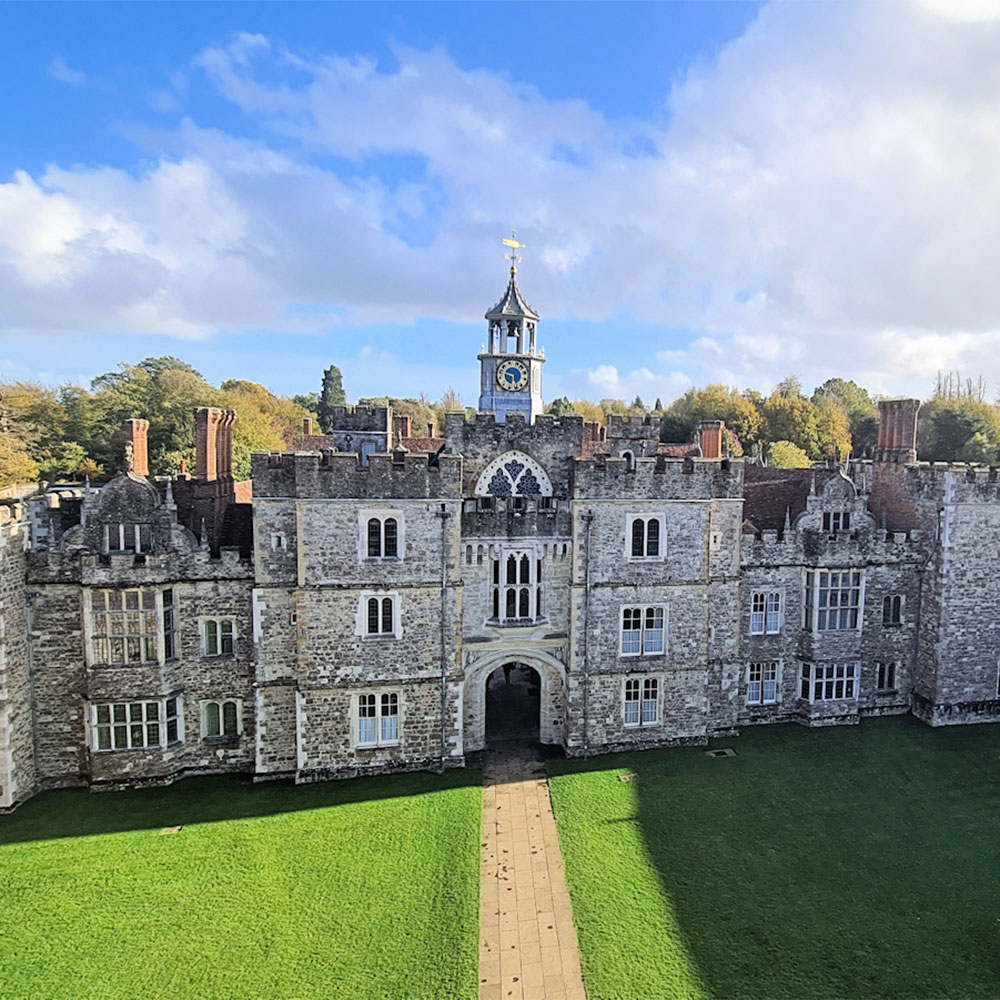
Eltham Palace, 1470s & 1930s
MAP | SOUTHEAST LONDON, GREENWICH
Architect: Rolf Engströmer
Discover a dazzling art deco mansion, explore Eltham’s medieval palace, enjoy the glorious gardens, learn about the life of the Courtaulds.
The hammerbeam roof of the great hall is the third-largest of its type in England, and the Art Deco interior of the house has been described as a “masterpiece of modern design”.
Open Daily, 10am–5pm
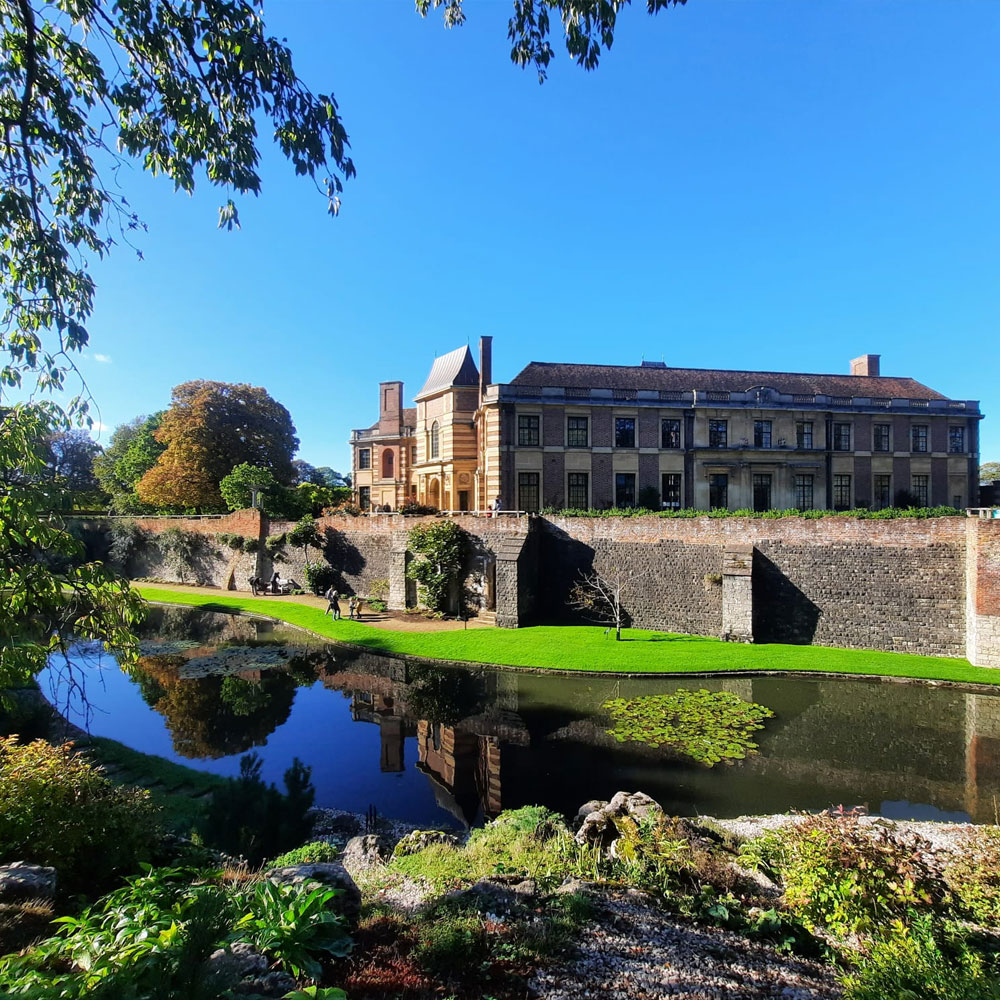
16th century
Hampton Court Palace, 1514-1522 & 1689-1694
MAP | RICHMOND
Architects & Designers: Sir Christopher Wren, John Vanbrugh, William Kent, Antonio Verrio, Jean Tijou, Grinling Gibbons, Sir James Thornhill, Daniel Marot
The building of the palace began in 1514 for Cardinal Thomas Wolsey, Archbishop of York and the chief minister of Henry VIII. In 1529, as Wolsey fell from favor, the cardinal gave the palace to the king to try to save his own life. The palace went on to become one of Henry’s most favored residences; soon after acquiring the property, he arranged for it to be enlarged so it could accommodate his sizeable retinue of courtiers. In the early 1690s, William III’s massive rebuilding and expansion work, which was intended to rival the Palace of Versailles, destroyed much of the Tudor palace but leaving the palace in two distinct contrasting architectural styles, domestic Tudor and Baroque.
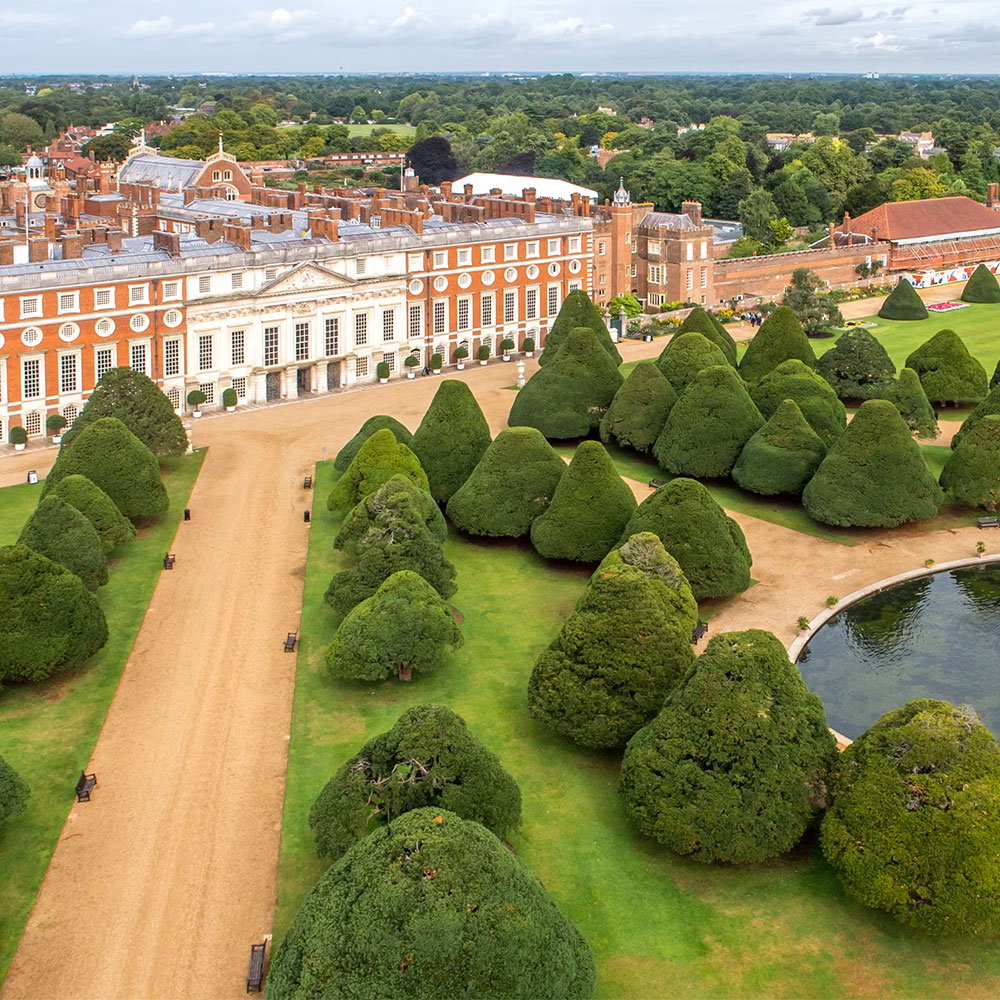
St James Palace, 1531-1536
MAP | WEST LONDON, ST. JAMES
St. James’s Palace was built by Henry VIII between 1531 and 1536 on the site of a leper hospital dedicated to Saint James the Less. It served as a secondary residence for the king, intended as a place to escape formal court life at Whitehall Palace. While much of the original Tudor structure remains, including the Chapel Royal and gatehouse, the palace has been altered and added to over the centuries.
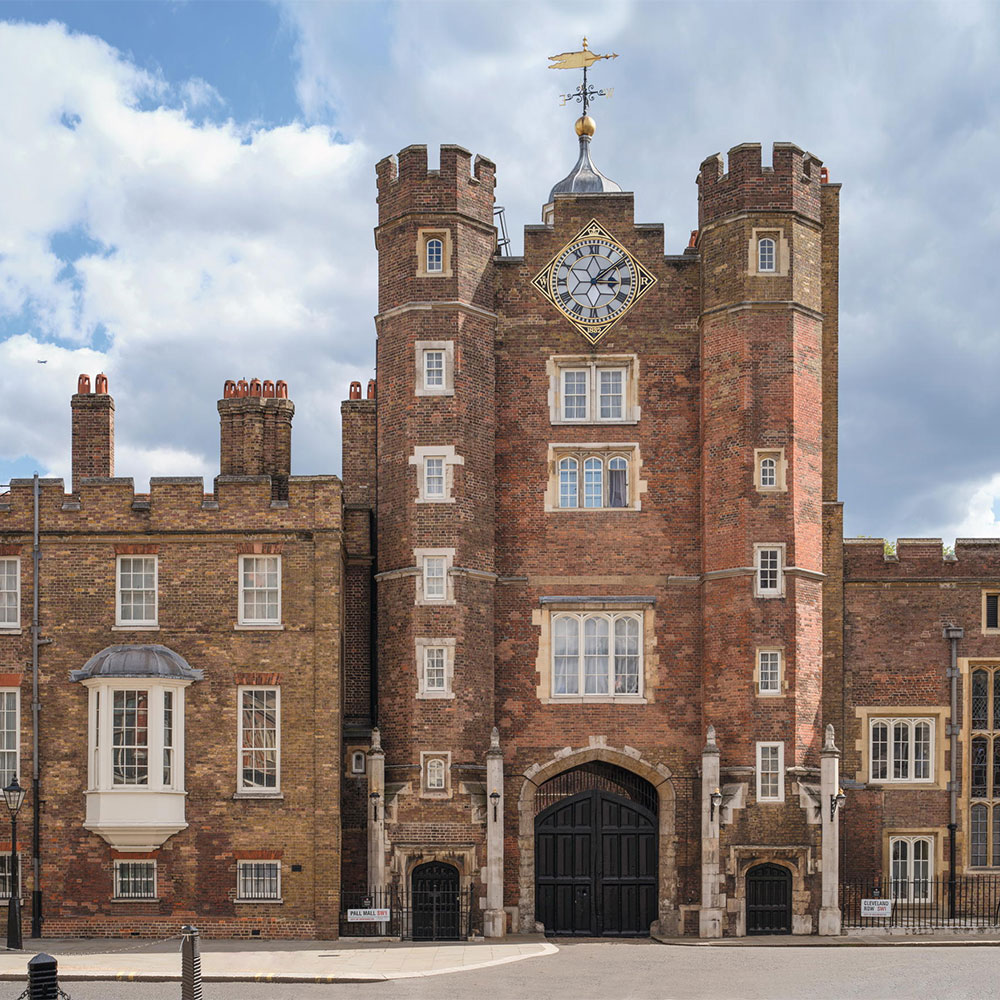
Charterhouse, 1545
MAP | CENTRAL LONDON, CLERKENWELL
Founded in 1371, it was originally a Carthusian priory built on the site of a Black Death burial ground. Following the priory’s dissolution in 1537, it was rebuilt from 1545 onwards to become one of the great courtyard houses of Tudor London. In 1611, the property was bought by Thomas Sutton, a businessman and “the wealthiest commoner in England”, who established a school for the young and an almshouse for the old.
Although substantial fragments survive from the monastic period, most of the standing buildings date from the Tudor era. Thus, today the complex “conveys a vivid impression of the type of large rambling 16th-century mansion that once existed all round London”.

